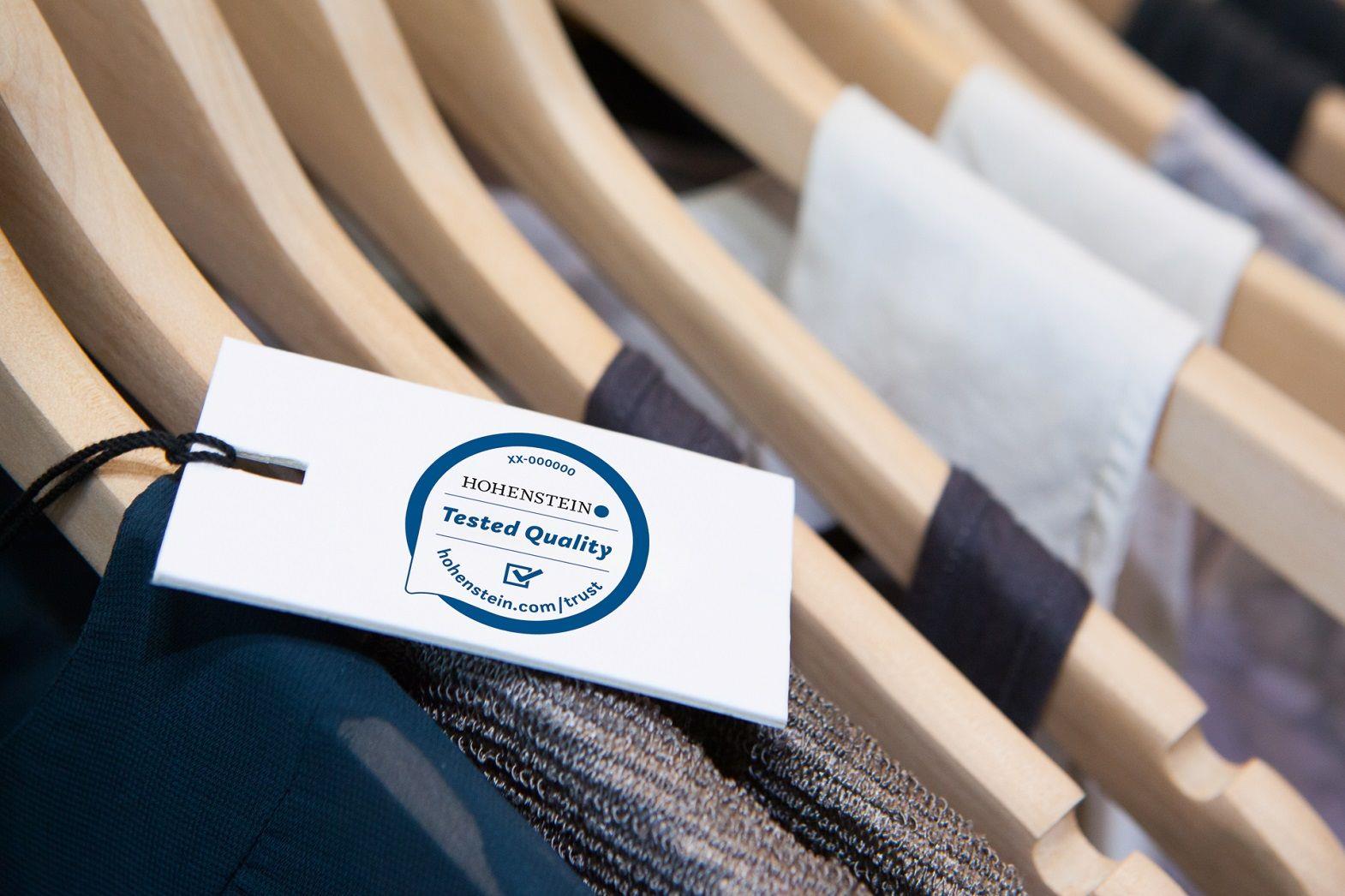At Hohenstein, we give our all to ensure that you feel comfortable with your textiles.
Textiles accompany us throughout our lives, 24 hours a day. For us, this is the reason we work to ensure your complete comfort and safety in your everyday clothing, work wear, bedding, sleeping bags, seating furniture and car seats. For many years, we lead the way in assessing the comfort properties of textiles and determining characteristic values. We have successfully correlated these characteristic values with human sensation.
To determine the comfort of textiles, we consider three factors:
Heat and moisture management of fabrics
Textiles can do many things - whether or not they can really keep you warm, cool, breathable and transport sweat away from the skin is something we test at Hohenstein using our measuring equipment and climate chambers, according to standardised procedures and measuring methods, which we have developed ourselves. This includes the simulation of higher sweating rates with the skin model or the WATson heat release tester, the world's only measurement of the cooling performance of sports textiles, for example.
Wear comfort on the skin
That feels good! And it is precisely this subjective sensation that we can objectively assess using methods we have developed ourselves. The results of these measuring methods are correlated with the sensation of test persons, so that the wearing sensation, the so-called skin sensory wear comfort, can be determined.
Thermophysiological and ergonomic comfort of ready-made clothing
To what extent do fit and texture in combination with heat and moisture management influence wear comfort? With our thermal manikins, we can determine the thermophysiological parameters of heat and moisture management of ready-made clothing and textile structures such as beddings, sleeping bags or seats – under standardised conditions as well as individually adapted to the specific field of application with adjusted wearing and climatic conditions. The ergonomic comfort of garments can be further optimised by using body movement measurements from 3D scans and 3D data.












Comments